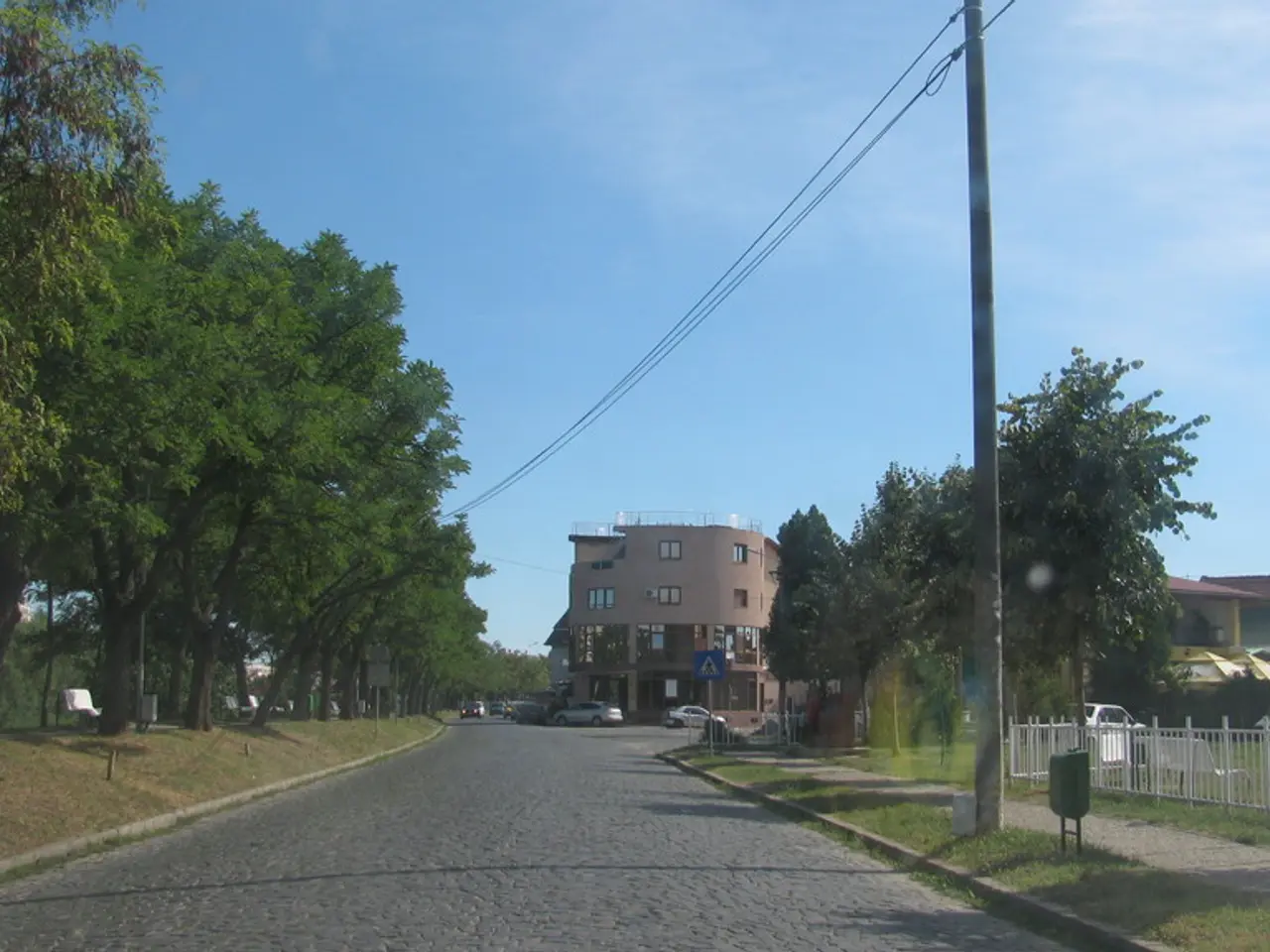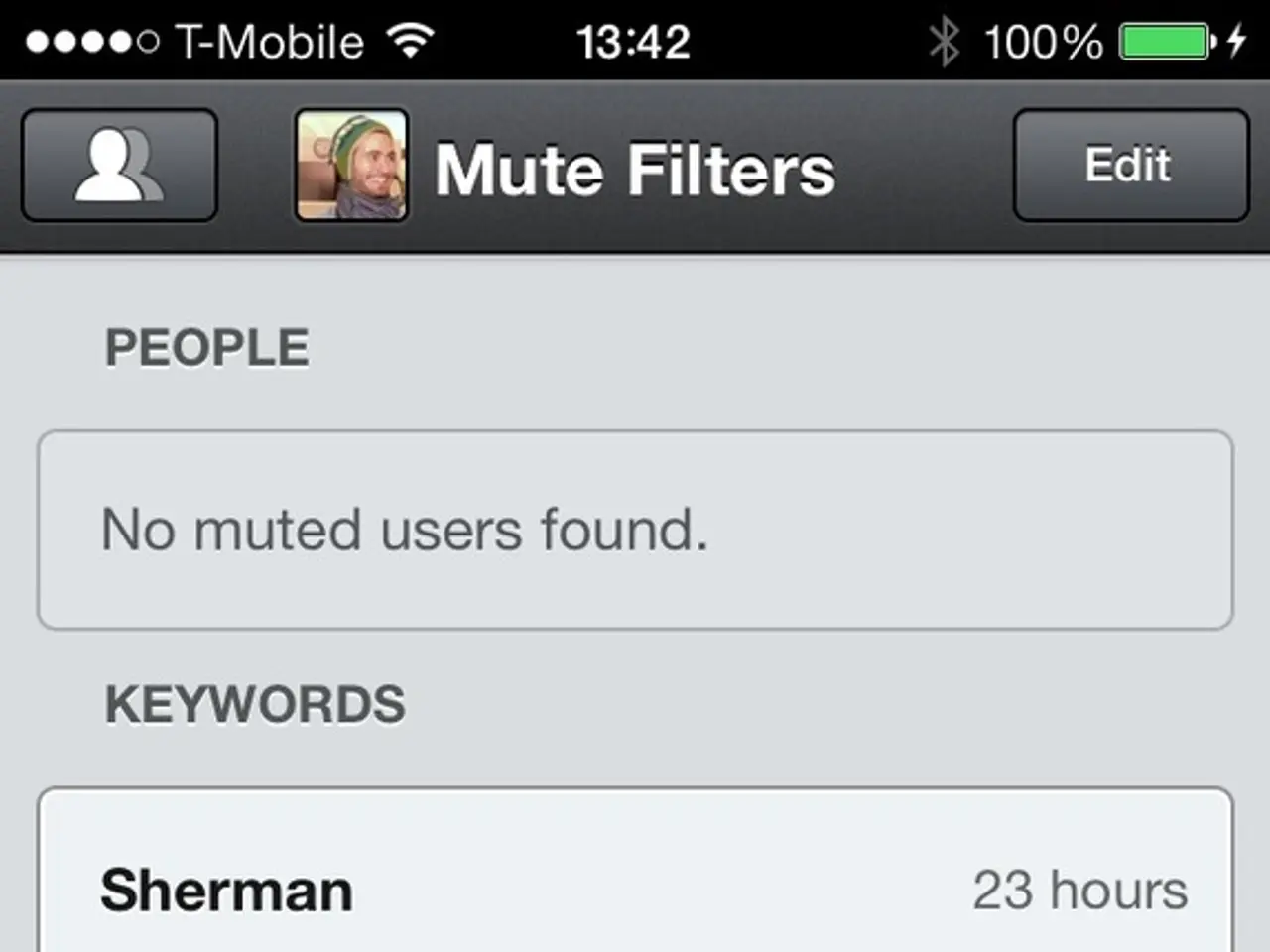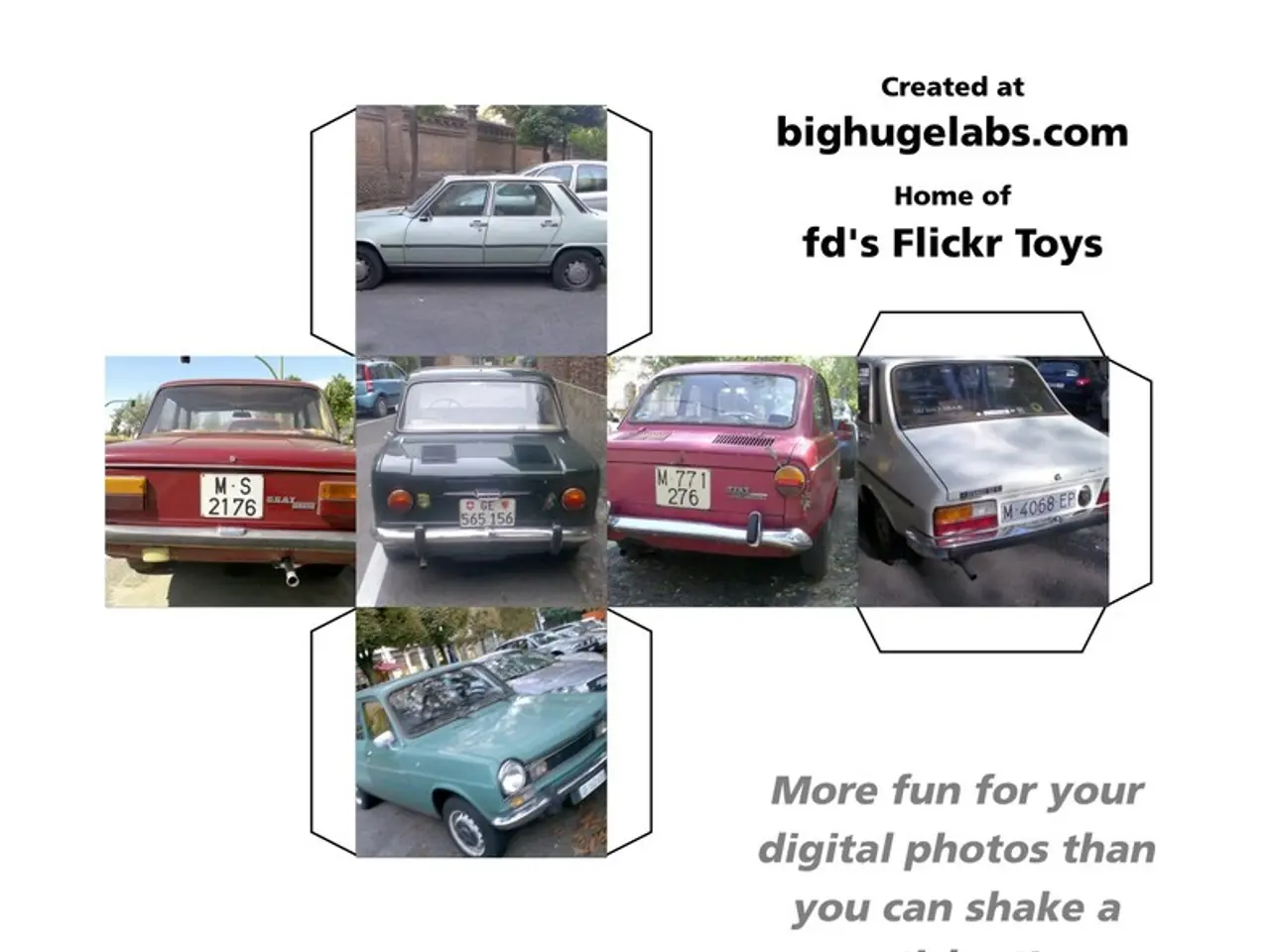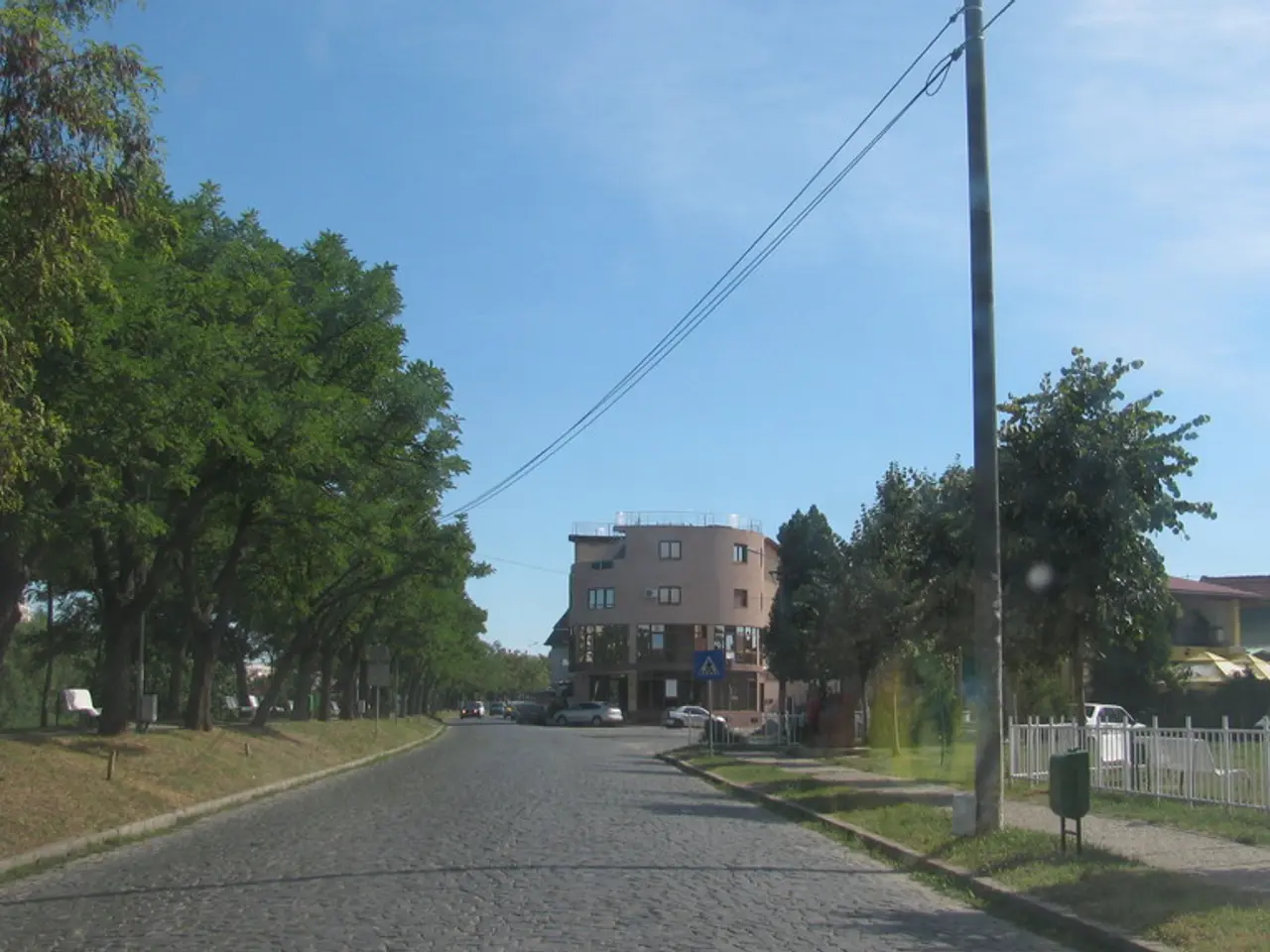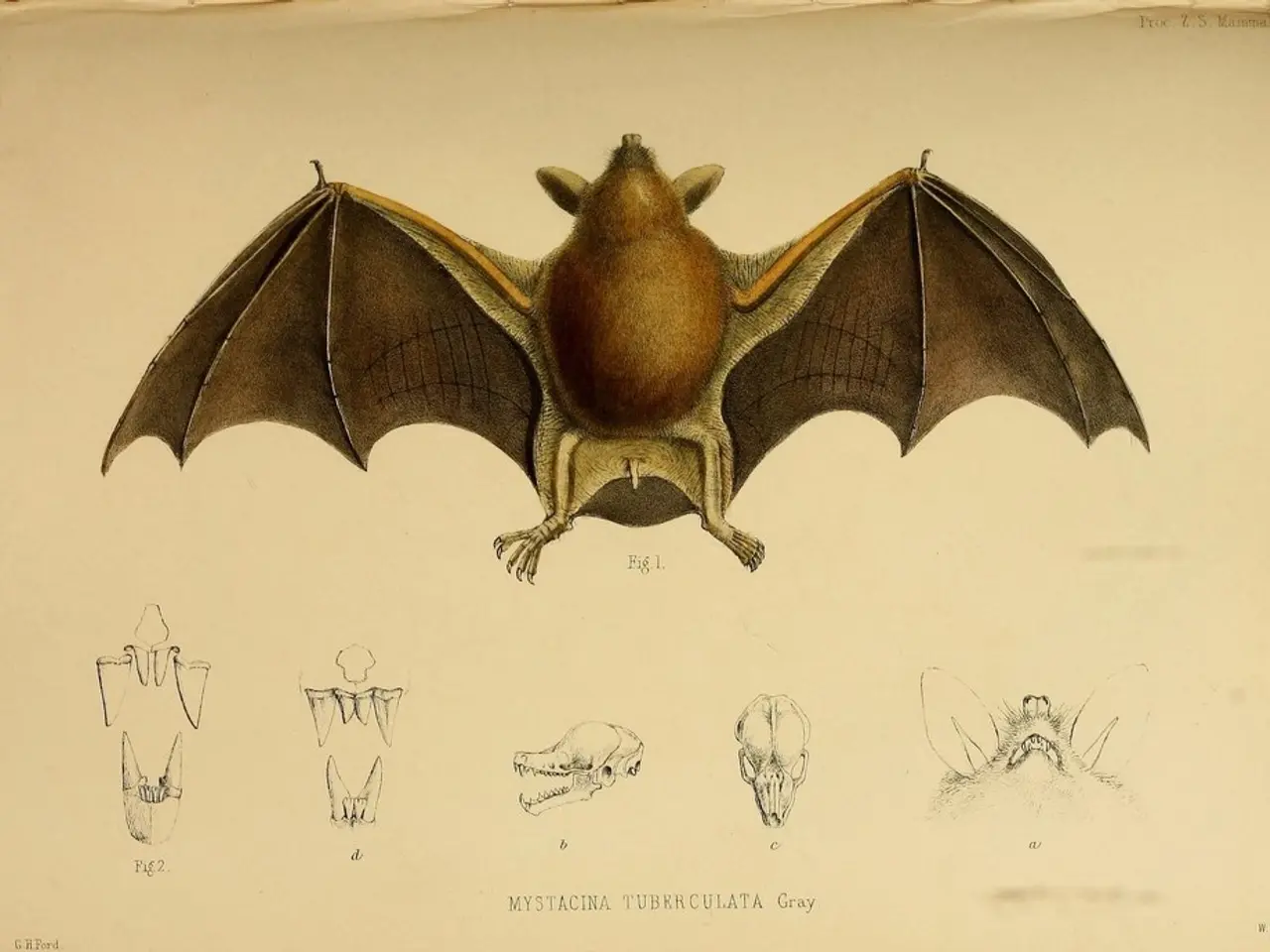US Autonomous Robotaxi Competition Results: Zoox Ahead, Tesla Trail Behind
The future of urban transportation is here, with the emergence of autonomous robotaxis. Departing significantly from traditional car design, these vehicles are optimized for shared, fully autonomous ride-hailing, prioritizing features that enhance passenger comfort and efficiency.
A New Era of Interior Layout
Robotaxis boast a unique interior layout, with spacious, comfortable seating arranged to maximize passenger comfort and interaction. Unlike traditional cars, which feature a front-driver, front-passenger layout, robotaxis often have two wide seats facing forward and a single large central screen for ride information, entertainment, and user interaction [1].
A Sleek Exterior and Advanced Aerodynamics
The exterior and aerodynamics of robotaxis are designed to improve efficiency and signify their autonomous function. Many concepts display futuristic, sleek, and curved profiles, exemplified by Tesla's Cybercab concept featuring a sloped, sharp rear design, which contrasts with more conventional sedan or SUV shapes [1].
Advanced Sensor Integration for Level 4 Autonomy
Robotaxis employ advanced sensor suites, often camera-based systems like Tesla's full self-driving (FSD) system without lidar, or a combination of lidar, radar, and cameras as in other companies, to enable Level 4 autonomy and seamless operation inside geo-fenced areas [2][3].
Business and Operational Design for Fleet Operation
Robotaxis are designed for fleet operation, featuring dedicated apps for ride-hailing, driverless operation, and cost-optimized maintenance and energy use. Unique business models include flexible owner-participation models where owners can add their vehicles to the fleet to generate income when idle [3].
Leading Companies Pioneer the Autonomous Robotaxi Revolution
Several companies have proposed or begun deploying such ideal robotaxi designs. Tesla announced the futuristic Cybercab robotaxi with a redesigned interior emphasizing comfort and digital interaction, using a camera-only sensor suite for autonomy. Tesla launched a limited robotaxi pilot in Austin with modified Model 3 and Model Y vehicles, featuring a human safety monitor currently but targeting full driverless operation shortly [1][3][4].
Waymo uses lidar, radar, and cameras for Level 4 autonomy in its robotaxi services, operating in geo-fenced areas like downtown Austin (though Tesla’s focus is on camera-only autonomy to reduce cost) [2][3]. Lucid recently launched a robotaxi service featuring its flagship Lucid Gravity vehicle equipped with the Nuro Driver Level 4 autonomous system [5].
Other companies like Zoox and Nuro also develop robotaxi concepts focused on full autonomy and ride-hailing, with unique vehicle designs distinct from traditional cars [3][5].
Challenges and Opportunities Ahead
While the autonomous robotaxi revolution is underway, challenges remain. Uber's autonomous test car was involved in a fatal accident in Tempe, Arizona, highlighting the need for continued safety improvements [6]. Tesla plans to increase its reliance on external technology partners, including Nvidia, Advanced Micro Devices, and Samsung Electronics, to improve its algorithms [7].
Uber's autonomous vehicle unit was sold in 2020, and the company is considering the impact of autonomous vehicle technology on its future business model [8]. Zoox, owned by Jeff Bezos, has won approval to begin testing its fully autonomous vehicles, while Tesla has nothing to show for its years of effort but a computer-generated image of a vehicle [9].
Looking Forward
As autonomous robotaxis continue to evolve, cities like Las Vegas may see these vehicles on their streets, perhaps before the end of 2025 [10]. Zoox opened a robotaxi production facility in California in June, capable of manufacturing up to 10,000 purpose-built robotaxis a year [11].
Uber recently announced a partnership with Lucid and Nuro to build a fleet of robotaxis, but these vehicles will still be FMVSS-compliant with steering wheels and pedals [12]. DensityAI, a new company founded by former Tesla employees, is expected to exit stealth mode soon, focusing on chips, hardware, and software for AI data centers, robotics, AI agents, and automotive applications [13].
Elon Musk announced Dojo, a supercomputer designed by Tesla, in 2023 for training machine learning models for Autopilot, Full Self-Driving systems, and Optimus humanoid robot [14]. In 2023, Morgan Stanley predicted that Dojo could add half a trillion dollars to Tesla's market value [15]. The National Highway Traffic Safety Administration announced an exemption for Zoox driverless vehicles on August 6, 2025, marking a significant milestone for the autonomous robotaxi industry [16].
References
[1] https://www.tesla.com/autopilot [2] https://www.waymo.com/self-driving/ [3] https://www.lucidmotors.com/robotaxi [4] https://www.tesla.com/news/tesla-announces-robotaxi-pilot-program-in-austin [5] https://www.zoox.com/ [6] https://www.nytimes.com/2018/03/19/technology/uber-self-driving-car-pedestrian-death.html [7] https://www.tesla.com/news/tesla-announces-partnership-with-nvidia-to-accelerate-autopilot-development [8] https://www.reuters.com/article/us-uber-technology-idUSKCN2AJ27O [9] https://www.wsj.com/articles/teslas-elon-musk-says-the-company-is-still-years-away-from-autonomous-vehicles-11633766677 [10] https://www.reuters.com/article/us-vegas-robotaxis-idUSKBN28L23I [11] https://www.reuters.com/article/us-zoox-robotaxi-idUSKBN27Q17C [12] https://www.reuters.com/article/us-uber-nuro-idUSKBN27Q17C [13] https://www.reuters.com/article/us-densityai-idUSKBN27Q17C [14] https://www.tesla.com/blog/elon-musk-announces-dojo [15] https://www.businessinsider.com/tesla-dojo-supercomputer-could-add-500-billion-to-teslas-market-value-2023-3 [16] https://www.wsj.com/articles/nhtsa-grants-first-ever-exemption-for-american-built-driverless-cars-11652296141
A Podcast Edition on the Robotaxi Revolution
Offering insights and discussions on the latest developments in autonomous vehicles, this week's podcast invites industry experts to analyze the progress of robotaxi services, discussing the unique interior layouts, sleek exteriors, and advanced technologies employed by leading companies like Tesla, Waymo, Lucid, and Zoox.
A Newsletter Exploring Policy Implications
Delving deeper into the regulatory landscape, the latest edition of our policy newsletter highlights upcoming changes in legislation, industry partnerships, and emerging technologies that could shape the autonomous robotaxi industry over the next decade, including discussions on safety improvements, cost reduction, and potential impacts on city infrastructure.
